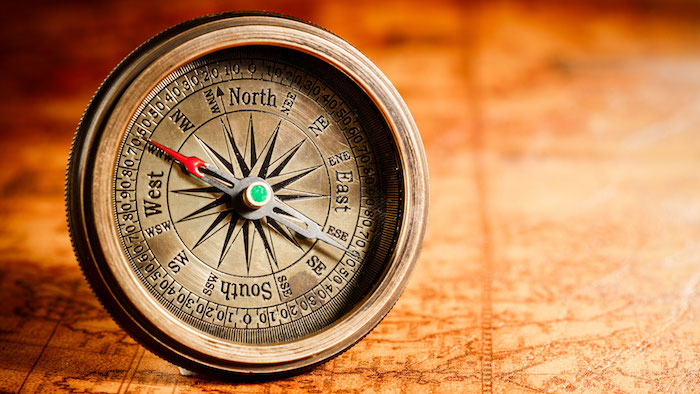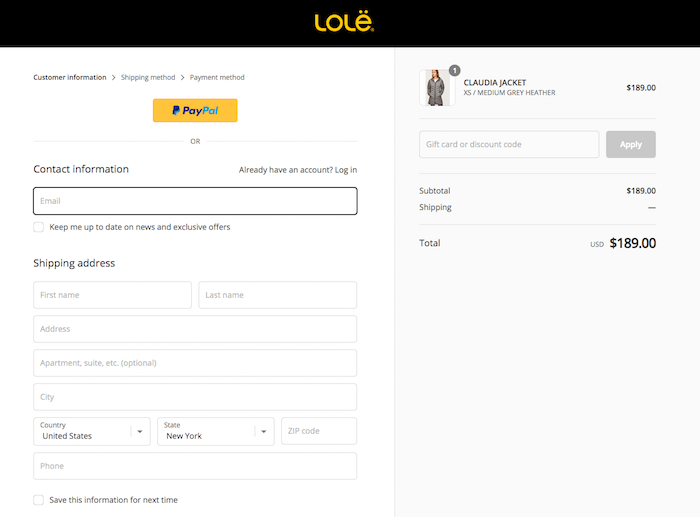Command C’s Quickstart Guide to Ecommerce Optimization Strategy

Photo via vision.org
Ecommerce is evolving, and retailers can often feel pressure to stay at the forefront of their product category. To maintain pole position, it’s important to keep the online store – and the internal operations – updated. But this can be tough, as merchants often have time and money constraints. Given that it’s crucial to keep current, how can retail businesses prioritize the order of optimization?
Where are you today?
Through years of experience in ecommerce, Command C has developed a strategy to help retailers navigate the best path forward. We always begin with one question: “Where are you today?”
We ask this because we want to understand what’s working and what’s not with the company’s ecommerce site, both on the frontend and backend. We never want to add a new feature or enhancement just to do so. On the contrary, we want to understand the cause and effect relationship that any work on the site will have.
In the Command C process, a client’s answer to this question falls under one of three categories: Challenge, Equilibrium, or Growth. In the Challenge stage, retailers are dealing with issues like low conversion rates, consistent site bugs, frequent user complaints, and slow load times–to name a few. Once retailers have resolved pressing problems and stabilized their site and operations, they are now at Equilibrium. But they know their site could convert more sales. They want to grow, but they are not sure how.
The purpose of asking, “Where are you today?,” is to see the big picture. Too often we meet retailers who are eager to employ a new tactic without a real strategy behind it. For example, companies may spend five figures a month on a Facebook campaign to generate traffic, while at the same time, they’re not converting sales onsite due to technical issues at checkout. Why spend money to increase conversions when the conversion process itself is broken? The first step in the order of optimization is to know where your site is at.

Plan to Prioritize Based on ROI
Let’s say an ecommerce merchant has solved the issues associated with the Challenge phase, and now their site is now at Equilibrium. In working with these companies to optimize their site, we look to the data. We also work with them to think about their business model, as well as their long-term goals.
With this in mind, there are generally three main pathways to boost onsite conversions:
- Increase the average order value (AOV)
- Improve the rate of conversion
- Boost the number of repeat purchases
Some retailers will want to pursue all three of these, but before diving in headfirst, it’s important to ask, “Why are you moving forward with a particular strategy?”
For example, if you’re selling billiard tables, your customers won’t likely buy more than one. But they will need pool cues, tip chalk, balls, and other accessories. As a result, the retailer’s goal becomes increasing the average order value through bundle products and other incentives.
For a wearable brand, however, it’s more likely that customers will return and purchase again over the course of a few months or years. In this case, we would talk with the merchant about how best to implement all three strategies to increase conversions.

Start closest to the money
When in doubt, a great way to bring your site strategy into focus is to start closest to the money. Meaning: work backwards from the instant a sale is finalized. From there, go through the shopping process and see where you can optimize. Is the checkout process clear and efficient? Prior to checkout, can shoppers easily see that their item has been added to the cart? From the product page, can customers select features like size and color seamlessly? Walk yourself through the buying process – backwards.
While you’re reviewing your site, remember this: your customers come to your site through various points of entry. We tend to think of the homepage as the starting point – and it is for some shoppers – but not for all. Are you making a strong first impression on every page? For instance, do people understand your brand story from the product pages, as well as the homepage?
While the pace of ecommerce is swift, retailers should develop a clear strategy for prioritizing site optimization. At Command C, we work with retailers to diagnose their current site and operations issues. Once these problems are resolved, we guide them toward the best approach for growth, based on their business model and long-term plans. Our goal is to help merchants set their ecommerce strategy while maximizing their return on investment at every step.
